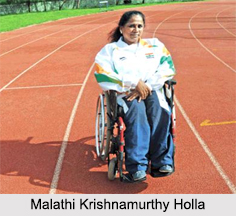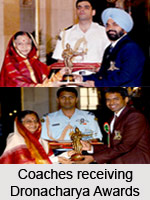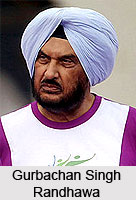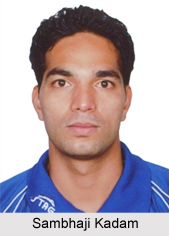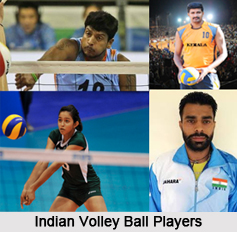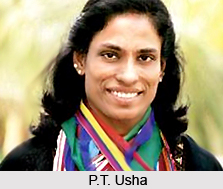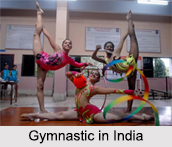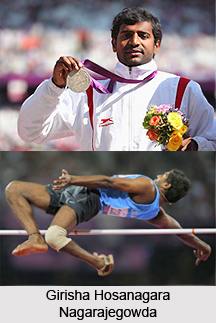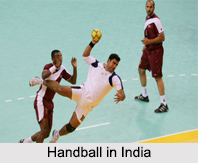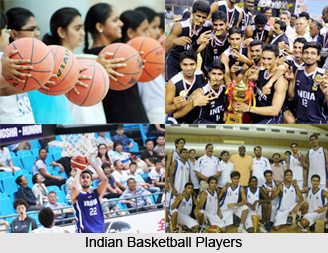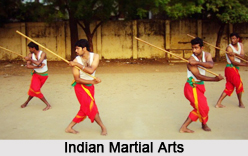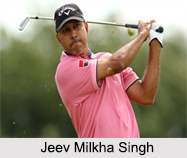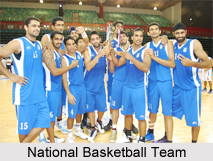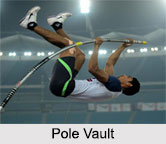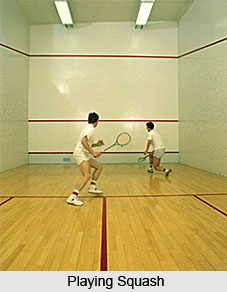 Racquet games like the Tennis, Table Tennis etc., there are some sorts of similarity in the Terms of Squash as well. Here is a brief description of all the terms that is being used in the game of Squash. The terms are:
Racquet games like the Tennis, Table Tennis etc., there are some sorts of similarity in the Terms of Squash as well. Here is a brief description of all the terms that is being used in the game of Squash. The terms are:
Ace: The people, who are familiar with the game of Tennis, will definitely identify this very term instantly. The shot does not have any kind of difference with that of Tennis also. This is such a shot, played by the server where the receiver cannot even make contact with the racquet in reply. Though, this is used especially with reference to service, it can be used in case of other shots as well.
Alley: This term is used to indicate the area along the sidewalls. This is a common term in Squash.
Appeal: This very term is applied when a player requests to the Referee in order to consider an on or off court situation called by the referee. The term "Appeal" is normally used in all the rules of Squash, mainly in two contexts. It is used if the player requests the Referee to consider changing of a Marker`s decision. It can also be used if the player requests the Referee to allow him a let. The player can appeal correctly by saying, "Appeal please" or "Let please".
Attempt: The term is used by the Referee when he decides about what will called as an attempt to play the ball. If the striker moves his racket towards the ball from the back swing position, the Referee may announce it as an attempt.
Back Swing: This term is used in order to indicate a reasonable action. The primary action that a player uses in moving his racket away from his body as if he is taking preparation prior to racket movement towards the ball for contact. The Referee may consider a back swing as reasonable if it is not excessive. An excessive back swing means such a shot where the racket arm of the player is extended towards a straight-armposition. If the racket is extended with the shaft more or less horizontally, then also the shot can be said as an excessive back swing. The Referee will finally decide about what will be called, as a reasonable as distinct from excessive back swing.
Board: This term indicates the lowest straight line marked on the front wall. The `Board` covers the total width of the court and the tin remains under it.
Box: The square area in each quarter of the court is called as the `Box`. It is bounded by a part of the short line, a part of the sidewall and by two other lines. This term relates with the service. The server serves from within the `Box`.
Cutline: This is a line that is marked upon the front wall. The line is 2 inches in width. The top edge of the line is marked 6 feet above the floor and is extended the total width of the court.
Die: This is a very identical term with the situation where a ball fails to bounce or comes out as the player has hit it with great power or under spin or it has been hit the nick.
Down: The term is used to explain such a situation where a good service or return strikes the board or tin or the service fails to reach the front wall. In other meanings if the ball strikes a player before it bounces more than once upon the floor, it is also called as `Down`. This very term is used as a Marker`s call as well.
Follow-Through: This is also a reasonable term. If a player uses an action in continuing the movement of his racket after it has contacted the ball, it has called as a `Follow-Through`. This is a reasonable action if it is not used excessively. Being used excessively, the `Follow-Through` is such an action where the racket arm of the player is extended straightly with the racket also extending with the shaft horizontal. This action is also reasonable particularly when the extended position is maintained for other than a short period of time. The Referee may call an action as excessive `Follow-Through` if the arm extends towards a straight position and takes a wider arc than the continued line of flight of the ball, even though the racket remains on the right vertical position. The Referee`s decision is ultimate here.
Game: There are usually three to five parts in a Squash match. Each of the parts is called as `Game`. Every `Game` commences with a service and concludes any of the players become successful to score nine or ten points in according to the rules.
Game Ball: If in any position of the match, the server requires only one point to win the game, the state of the score is called as `Game Ball`. It can also be used as a Marker`s call.
Half-Court Line: This term is used to indicate about a line that is marked upon the floor parallel to the side walls and that divides the back of the court into two equal parts. The line also meets the short line at its midpoint to form the "T".
Half Time : This term means the midpoint of the warm up. The Referee can also call a "Half time".
Hand : This identifies the period of time from where a player becomes server till he becomes receiver.
Hand Out : This term refers to the condition when the players change their serves. This term is also used as a Marker`s call in order to indicate the occurrence of change of hand.
Length: The official people use the term to describe a ball that hit down the line or cross-court and makes its second bounce and also dies near the bottom of the back wall.
Match: This term means the complete contest between two players. The complete contest means commencing with the warm up and concluding after both the players have left the court at the end of the final rally.
Match Ball: The usage of this term is quite similar to that of `Game Ball`. The difference is that in this state of the score, the server requires only one point in order to win the total match. It can also be used as a Marker`s call.
Nick: If any shot hits the joint of the floor and wall and dies, it is called as a `Nick`. The term also refers to the juncture itself.
Not Up: If the player does not strike the ball in accordance with the rules, this expression is used to indicate the occurrence. The term "Not up" can be applied if (a) the server or striker does not strike the ball correctly, (b) the ball bounces twice upon the floor before the striker strikes it, (c) the ball touches the striker or anything worn or carried by him other than his racket and (d) the server fails to strike the ball after making an attempt. This can be used as a Marker`s call as well.
Officials: This term identifies the people who conduct the match. The Marker and the Referee are the two `Officials` in a game of Squash.
Out : The very term `Out` is used to indicate some happenings in the match. This is used if (a) the ball strikes the out line or a wall above the out line, the ceiling or any fitting attached to the ceiling, (b) the ball passes through any fitting attached to the ceiling and/or the wall above the out line or (c) in addition to the (a) and (b) on courts which are not fully enclosed the ball passes over the out line and out of the court without touching any wall or passes over any wall and out of the court if no out line is provided. It can also be used as a Marker`s call.
Out Line: This is a continuing line that comprises the front wall line, both sides` wall lines and the back wall line and also marks the top boundaries of the court. However, it should be noted that when a court is constructed without the planning of such a line, i.e. the walls comprise only the playing area. If any court is constructed without part of such a line e.g. a glass back wall and the ball in play strikes part of the horizontal top surface of such a wall and deflects back into court, the ball is ruled as out. The Marker will make the decision in the normal manner if any player appeals to the Referee.
Point: This term means a unit of the scoring system. When a player wins a stroke while serving, one point is added to his score.
Quarter Court: This term also means quite the same as the `Half Court`. This is actually one half of the back part of the court that is divided into two equal parts by the half-court line.
Rail: This term means a shot that is hit close to and parallel to the sidewalls, that is down the line or alley. It is a powerful drive hit by the player for length.
Rally: The `Rally` means only a service or the service and any number of returns of the ball that comes to an end when the ball ceases to be in play. The good players can always play some very lengthy `Rally`s.
Service: This is the method by which the server puts the ball into play. A rally commences with a `Service`.
Service Line: This term indicates a line that is 2 inches in width and marked out horizontally upon the floor. The `Service Line` is 18 feet from the front wall and extends the total width of the court.
Striker: This identifies the player who has the turn to hit the ball after it rebounds from the front wall. The player is also in the process of hitting the ball or is up to the point of his return reaching the front wall and has just hit the ball.
Stroke: This means the success that a player achieves by winning a rally, either in the course of play or on award by the Referee. The `Stroke` also results in either the scoring of a point or change of hand.
Tin: This is a very vital part of the Squash court. Situated between the board and the floor, it covers the full width of the court. It is constructed in such a manner that it makes a distinctive noise when the ball strikes it.
It is therefore quite evident that the nice and interesting game of Squash has a very rich vocabulary of its own. These terms of Squash are used in all over the world and they also have some differences in some countries.





